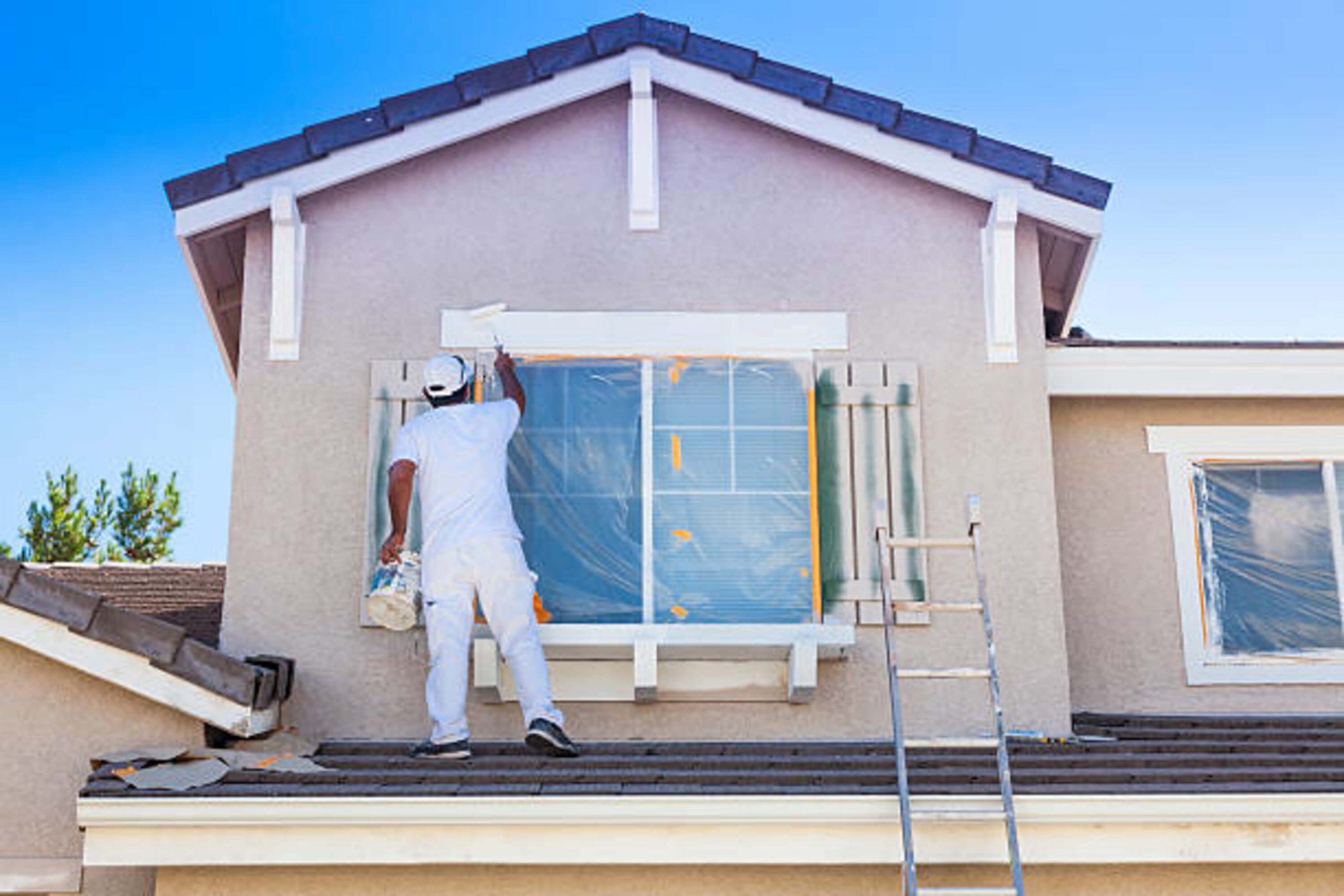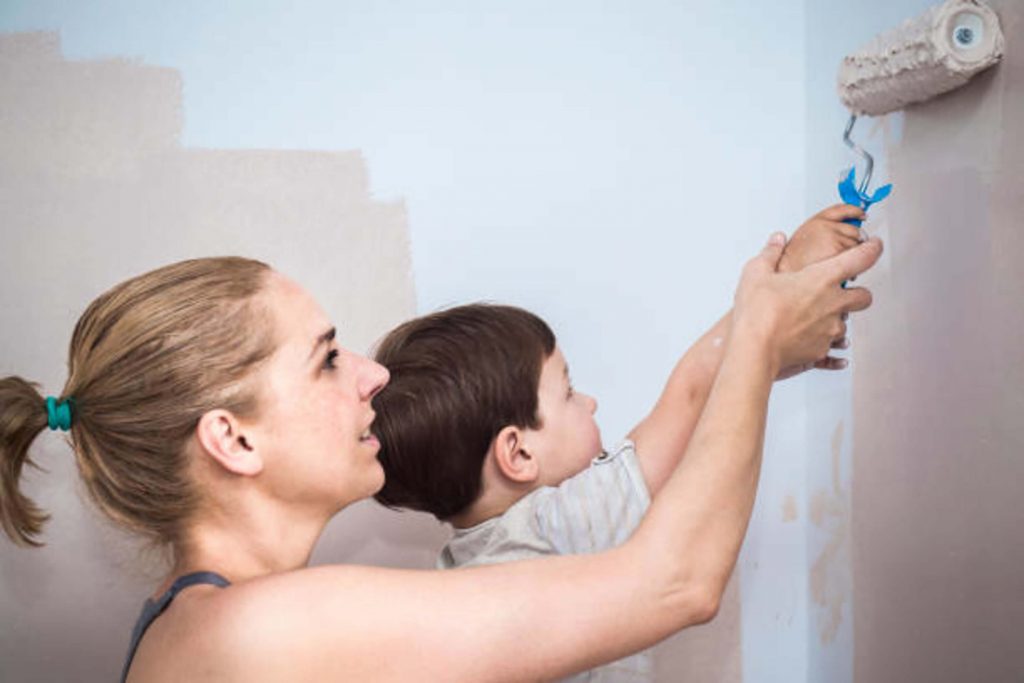The Danger of Lead in Paint & Other Home Building Materials

May 28, 2021 By aclpppo Home Materials
Lead. It’s a word that often scares people in the construction business, and for good reason. You might not see it on your building site, but lead is present in many of the materials used to build homes. Paint is one of them. The danger of lead in paint is something that people are increasingly aware of. This toxic substance can cause serious health problems if it’s mishandled. By the end of this article, you’ll learn about what makes lead and other home-building materials harmful and how you can protect your family.
What Are the Health Hazards of Lead Exposure?
Exposure to lead-based paint often occurs through ingestion. It’s pretty common among toddlers who like to put anything in their mouths. That said, there are no safe levels of lead exposure for children. Even minute amounts can be fatal.
Lead poisoning is the known leading cause of brain damage and behavioral problems in young children. Studies also link to many other serious health complications later on in life, such as high blood pressure, infertility, or kidney disease.
As for adults, moderate exposure can cause nausea, vomiting, and GI tract issues. High levels will result in lead poisoning that causes anemia, nervous system disabilities, impaired brain function, and eventually death.
How Can You Protect Your Family from Lead?
The potential dangers above are just the tip of a very, very large iceberg. Although lead has been banned from paint today, it is still present in old homes.
Here are some ways to prevent and minimize lead exposure in children that parents should be aware of:
- Never allow your child to chew or put things like paint chips or old toys in their mouths.
- Keep your house clean of dirty surfaces that might contain lead traces in the dust.
- Never allow children to play in bare soil, especially near older homes or buildings.
- Encourage your children to make a habit of washing their hands after playing outdoors.
- Make sure to inquire about the sources of your food products. Vegetables and fruits could have grown on lead-infested soil.
- Talk to your child’s doctor about the possibility of testing blood levels for lead and iron deficiency.
- Invest in ion-exchange filters, distillation, and reverse osmosis filters that can effectively remove lead from your water sources
- In addition, you may also want to invest in some home inspection service or a test kit that can help identify whether there is any evidence of lead contamination before moving into a new place.

Other Dangerous Home Building Materials
Now you know how dangerous lead can be, yet it isn’t the only thing you should be aware of. There are a couple of other materials that are hazardous to humans. Here are the rest of them:
- Polyvinyl Chloride (PVC): Unlike lead, PVC is an inexpensive material in modern homes used to make sewage pipes, gutters, roof membranes, and siding. It contains synthetic substances that can lead to cancer and congenital disabilities. Moreover, it will release harmful toxins to the environment when burned.
- Asbestos: Another old roofing material that was highly popular in the 1950s, it has been discovered that asbestos is a culprit for lung cancer and pulmonary diseases. Despite this, it is still widely used but under controlled production.
- Wood Treatments: Wood is an attractive material but requires heavy chemical treatment to preserve its lifespan. While most of these adjustments are water-soluble, some can cause health issues. Arsenic poisoning causes bloody diarrhea. Pentachlorophenol will mess up your kidneys.
- Fiber Glass: While not as hazardous as the previous substances, this material is still worth noting. Trimming fiberglass results in dust particles inhaled or ingested, causing eye irritation, respiratory tract issues, and trigger asthma.
- Silica: Silica is a natural material found in sand. It is often used to improve the structural integrity of floorings, roofs, and skid-resistant surfaces. The problem is, it is highly carcinogenic when ground or cut with the material being released as tiny bits into the atmosphere.

Conclusion
Lead poisoning is a severe health risk that can have detrimental effects on children and adults alike. The first step to avoiding such hazards is prevention. To do this, you need to invest in quality home building contractors who know how to construct your home without aggravating the dangers of these materials.

